Squirrel monkeys (Saimiri spp.) are small, agile New World primates that inhabit the tropical forests of Central and South America. Weighing only 1.5-2.5 pounds (750-1100g), these diminutive creatures face numerous predatory threats in their arboreal environment. Despite their vulnerable size, squirrel monkeys have evolved sophisticated social structures and communication systems that enable them to effectively detect and evade predators. Their bright yellow-orange fur, black-and-white faces, and long, non-prehensile tails make them easily recognizable, but also potentially visible to predators lurking in the forest canopy.
Living in large troops of 15-50 individuals (though some groups can reach up to 500 members), squirrel monkeys have developed remarkable cooperative strategies that significantly enhance their survival. These highly social primates demonstrate that teamwork isn’t just a human concept but a vital evolutionary adaptation that helps smaller species thrive in dangerous environments. Their collaborative anti-predator behaviors represent one of the most sophisticated examples of social cooperation in the primate world outside of great apes.
The Predatory Threats Squirrel Monkeys Face
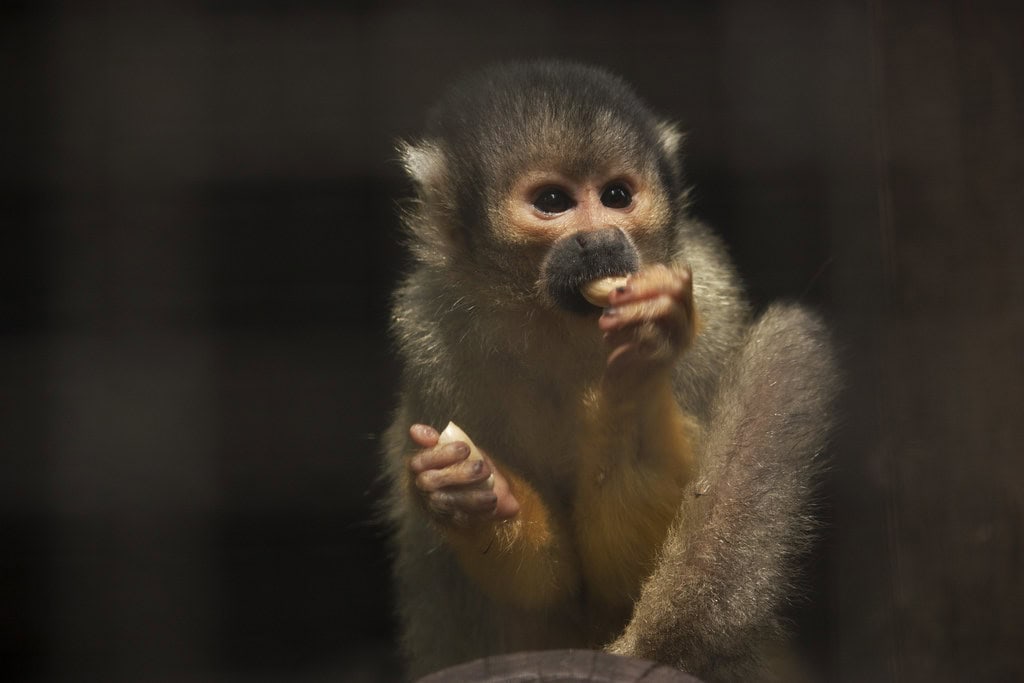
Squirrel monkeys navigate a world filled with dangers from above and below. Their main predators include aerial hunters such as harpy eagles, hawk-eagles, and other raptors that can swoop down with devastating speed and precision. These birds of prey possess exceptional vision and can spot the colorful monkeys moving through the canopy from considerable distances. In the trees, they also face threats from arboreal snakes like the boa constrictor and various species of vipers that can strike with little warning.
On the ground and in lower branches, predatory mammals including jaguars, ocelots, tayras, and other medium-sized carnivores pose significant threats. Even larger primates and capuchin monkeys have been known to prey on squirrel monkeys when the opportunity arises. This multi-directional pressure from predators has been a powerful selective force driving the evolution of their complex social anti-predator strategies, making teamwork not just beneficial but essential for their survival.
Sentinel Systems: The Watchful Eyes
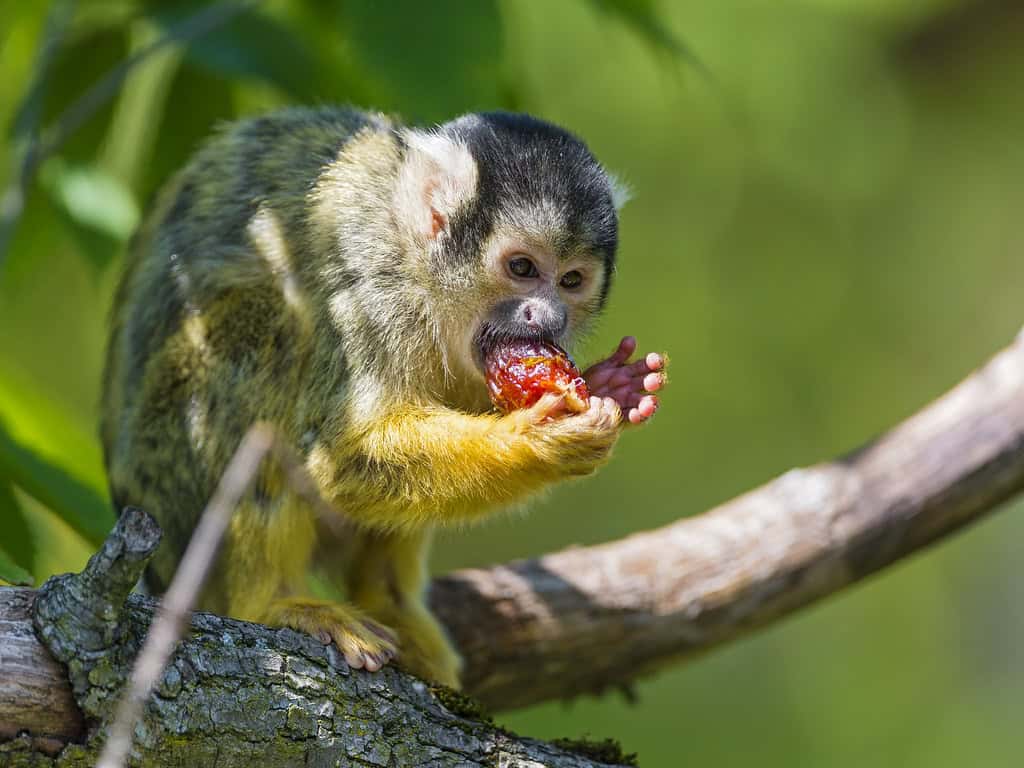
One of the most remarkable aspects of squirrel monkey anti-predator behavior is their sentinel system. Within each troop, certain individuals take on the role of sentinels, positioning themselves at strategic vantage points while others feed or rest. These sentinels remain vigilant, scanning the surrounding environment for potential threats while the rest of the group engages in essential activities like foraging or social grooming. This division of labor ensures that the group never loses its defensive awareness, even when most members are focused on other vital tasks.
Research has shown that sentinel duties rotate among adult members of the troop, preventing fatigue and ensuring all individuals can meet their nutritional needs. Scientists have observed that sentinels typically position themselves higher in the canopy than the rest of the group, maximizing their field of vision. This systematic approach to vigilance significantly increases the chance that a predator will be spotted before it can launch an attack, demonstrating how cooperation enhances the survival prospects of the entire community.
Sophisticated Alarm Call Systems
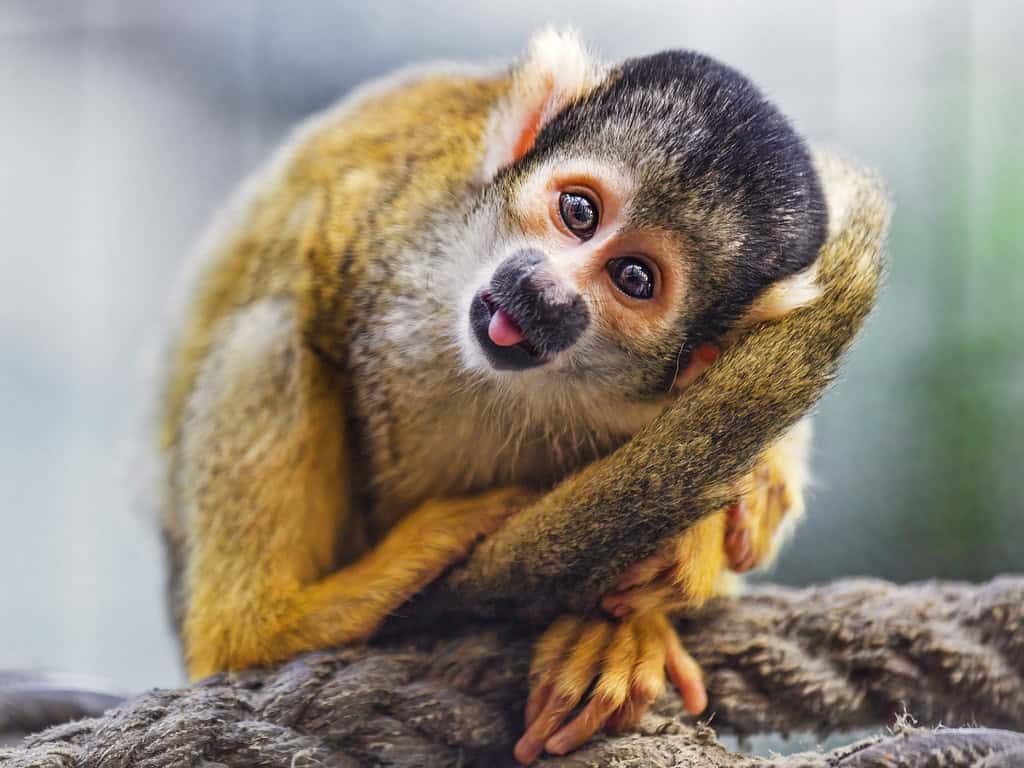
Squirrel monkeys have evolved one of the most nuanced vocal communication systems among New World primates, featuring specific alarm calls that convey detailed information about potential threats. Their vocal repertoire includes distinct calls that differentiate between aerial predators, terrestrial threats, and arboreal snakes. When a sentinel detects a harpy eagle, for instance, it emits a high-pitched, staccato call that triggers immediate upward glances and downward movement in other troop members. Conversely, the alarm call for a terrestrial predator prompts the monkeys to climb higher into the canopy.
What makes their alarm call system particularly sophisticated is that these vocalizations often encode information about the predator’s size, proximity, and level of threat. Studies conducted in both wild populations and captive groups have demonstrated that squirrel monkeys can even communicate the direction from which the threat is approaching, allowing for more coordinated and effective evasive maneuvers. This level of detail in their warning system highlights how natural selection has favored increasingly complex communication to enhance group survival.
Coordinated Escape Strategies

When a predator is detected, squirrel monkeys execute remarkably coordinated escape maneuvers that maximize the troop’s collective safety. Rather than fleeing in random directions—which would isolate individuals and make them more vulnerable—the monkeys typically move in unified patterns that confuse predators and maintain group cohesion. For aerial predators, they often descend rapidly to denser vegetation where raptors cannot easily maneuver. The troop will split temporarily into smaller subgroups that follow different escape routes before reconvening at a safe distance.
For ground predators, the strategy shifts to ascending higher into the canopy while simultaneously spreading out horizontally. This three-dimensional dispersal makes it difficult for a predator to track and target any single individual. The coordination of these movements is facilitated by continuous contact calls that help members maintain awareness of each other’s positions during the chaotic moments of escape. These synchronized evasion tactics demonstrate how natural selection has shaped their collective behavior to optimize survival in response to different types of threats.
Mobbing Behavior Against Certain Predators

While flight is the primary response to most predators, squirrel monkeys sometimes engage in a fascinating collective defense strategy known as mobbing. This behavior typically occurs when they encounter smaller predators or when escape routes are limited. During mobbing, multiple monkeys simultaneously confront the threat, creating a cacophony of alarm calls while rapidly moving back and forth. This coordinated harassment can overwhelm and confuse the predator, often causing it to retreat rather than persist with the hunt. Mobbing is particularly effective against smaller snakes and some mammalian predators.
The decision to mob rather than flee appears to be context-dependent and involves rapid assessment of the risk-reward ratio by multiple group members. Researchers have noted that mobbing behavior is more common when vulnerable young are present in the group or when the predator is detected in close proximity to the troop’s sleeping site. This strategic flexibility in their anti-predator response—knowing when to flee and when to stand their ground—further highlights the sophisticated nature of their cooperative defense system.
Protective Formations for Vulnerable Members
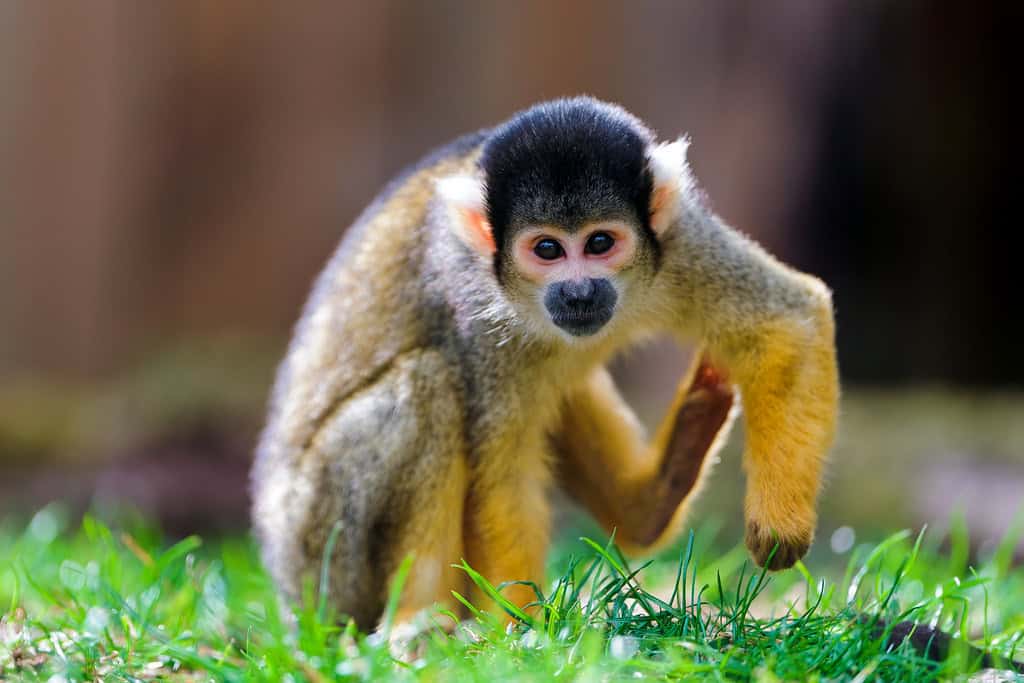
Squirrel monkey troops demonstrate remarkable care for their most vulnerable members through specialized protective formations. Juveniles and pregnant females receive particular attention in dangerous situations, with the troop often forming protective rings around them during rest periods or when threats are detected nearby. Adult males, typically larger and more formidable than females, frequently position themselves at the periphery of the group where they can more quickly detect and respond to approaching predators.
During travel through open canopy areas—where exposure to aerial predators increases—researchers have observed that vulnerable individuals are often surrounded by multiple adults. This formation serves both as physical protection and as a multiplied vigilance system. The positioning is not random but follows patterns that maximize the safety of those most at risk. This prioritization of the group’s most vulnerable members demonstrates how squirrel monkey social structure extends beyond simple cooperation to include specific protective roles that enhance the survival of future generations.
Multi-Species Cooperation
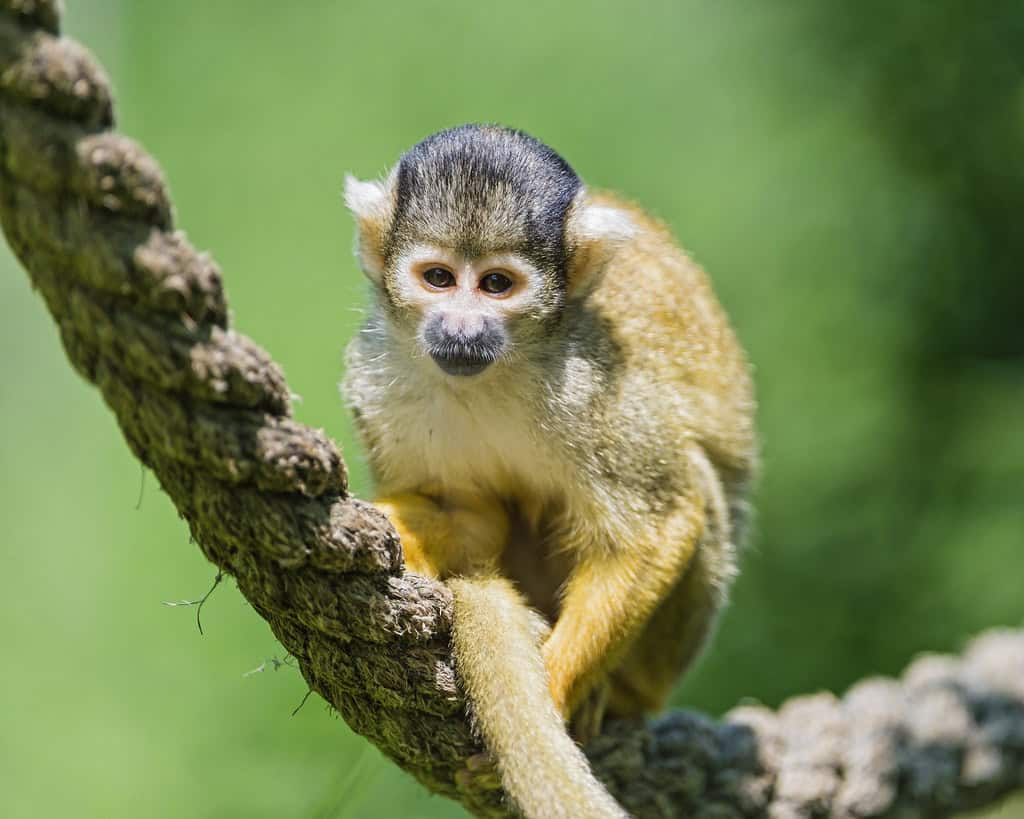
One of the most fascinating aspects of squirrel monkey anti-predator strategies extends beyond their own species. These clever primates frequently form temporary alliances with other monkey species, particularly capuchins, creating mixed-species troops that provide mutual benefits. While capuchins are occasional predators of squirrel monkeys when food is scarce, they more often serve as protective associates. The larger, more aggressive capuchins are better equipped to deter or confront certain predators, while the more numerous and vigilant squirrel monkeys provide enhanced detection capabilities.
These interspecies associations are not permanent but occur most frequently in areas of high predation pressure or during seasonal movements through more exposed terrain. Research has shown that squirrel monkeys in mixed-species groups experience lower predation rates than those in single-species troops. This remarkable example of cooperation across species boundaries illustrates how natural selection can favor mutually beneficial relationships even between species that might otherwise compete or have antagonistic interactions.
Learning and Teaching Anti-Predator Behaviors
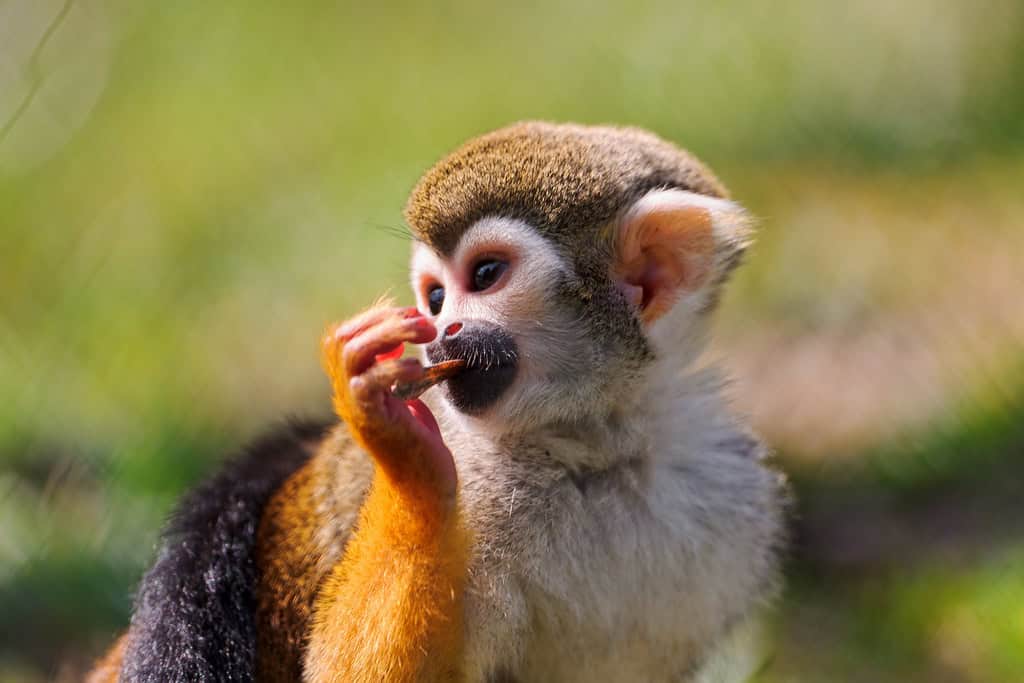
The sophisticated anti-predator strategies employed by squirrel monkeys are not entirely instinctual but involve significant social learning components. Juvenile monkeys observe and imitate the responses of adults during predator encounters, gradually refining their own alarm calls and evasive behaviors. Studies have documented how young squirrel monkeys initially give general alarm calls for any potential threat but progressively develop more specific and appropriate responses through experience and social feedback from older group members.
Researchers have observed what appears to be intentional teaching behavior, where adults will sometimes give alarm calls in non-threatening situations when juveniles are present, seemingly to demonstrate appropriate vigilance. When juveniles respond incorrectly to threats, adults often correct them through directive vocalizations or by physically guiding them to appropriate escape routes. This transmission of anti-predator knowledge across generations ensures that effective teamwork strategies persist and continue to evolve over time, creating a form of cultural knowledge that enhances group survival.
Sleeping Site Selection and Night Protection

Nighttime represents a period of extreme vulnerability for squirrel monkeys, and their cooperative approach to predator avoidance extends to sophisticated sleeping site selection and protection. Troops typically choose sleeping locations that balance multiple safety factors: sites with dense foliage that conceal them from nocturnal predators, multiple escape routes, and locations that are difficult for snakes and terrestrial predators to access. The selection of these sites is a collective decision, with multiple troop members participating in pre-sleep scouting behaviors.
Once a sleeping site is chosen, the troop arranges itself in protective formations, with vulnerable members positioned centrally and more vigilant adults distributed around the periphery. Some individuals remain semi-vigilant throughout the night, ready to sound alarms if threats approach. Troops will regularly rotate sleeping sites, rarely using the same location on consecutive nights to prevent predators from learning their patterns. This coordinated approach to nocturnal safety highlights how squirrel monkey teamwork extends around the clock, with collective decision-making enhancing survival even during rest periods.
Seasonal Adaptations in Anti-Predator Strategies
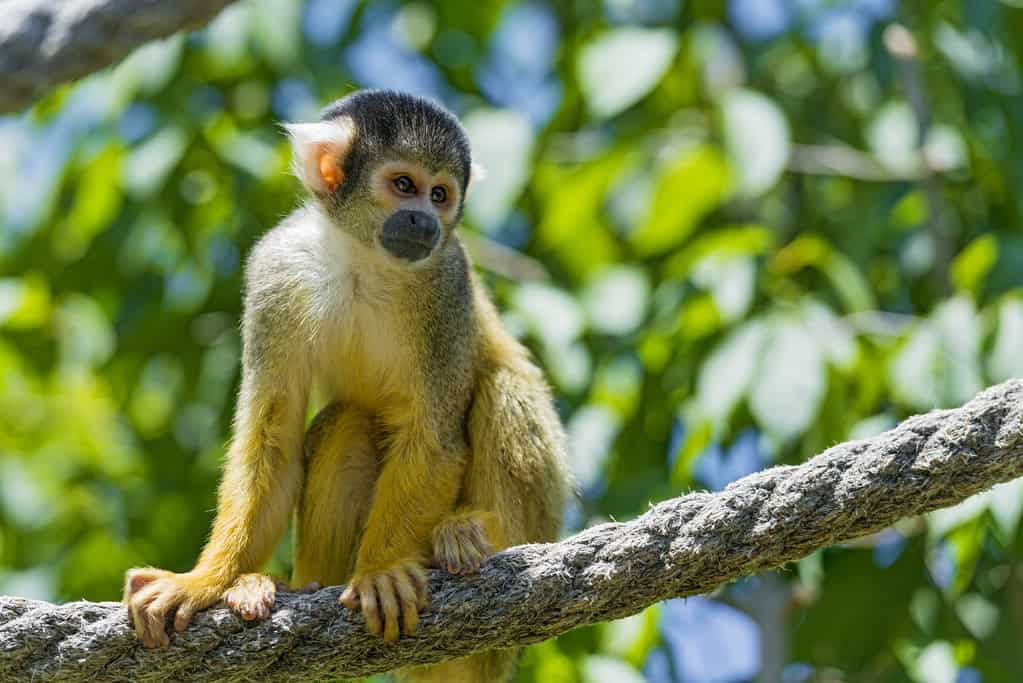
Squirrel monkey anti-predator behaviors show remarkable seasonal plasticity, adapting to changing environmental conditions and predation pressures throughout the year. During the wet season, when foliage is dense and provides more natural cover, troops may spread out more widely while foraging. In contrast, during drier months when visibility increases and cover decreases, troops typically become more cohesive and vigilant, with more individuals allocated to sentinel duties. These seasonal adjustments demonstrate the dynamic nature of their cooperative defense system.
Breeding season introduces additional complexities to their anti-predator strategies. When infants are present in the group, research has documented increased vigilance rates across all adult members, not just mothers. The troop also tends to utilize safer, more protected travel routes even if this means less efficient access to food resources. The willingness of the entire social group to modify their behavior for the protection of vulnerable infants underscores how deeply cooperative defense is embedded in squirrel monkey society. This seasonal flexibility in their teamwork approach ensures that their anti-predator strategies remain effective as conditions change throughout the year.
The Evolutionary Advantages of Cooperative Defense

The elaborate teamwork displayed by squirrel monkeys in predator avoidance represents a powerful example of how cooperation can provide evolutionary advantages that outweigh individual competition. By working together, these small primates effectively create a collective security system far more powerful than what any individual could achieve alone. Research comparing isolated squirrel monkeys (rare in the wild but sometimes observed) with those in groups shows dramatically higher survival rates for group-living individuals, confirming the adaptive value of their cooperative strategies.
From an evolutionary perspective, the development of these complex cooperative behaviors likely coevolved with their social cognitive abilities. The need to coordinate responses, communicate threat information, and maintain group cohesion during high-stress situations has likely been a driving force in the evolution of their intelligence. Their remarkable anti-predator teamwork illustrates a fundamental principle in behavioral ecology: in environments with high predation pressure, selection often favors cooperation over competition, leading to the emergence of sophisticated social systems that enhance collective survival.
Conclusion: Masters of Cooperative Survival
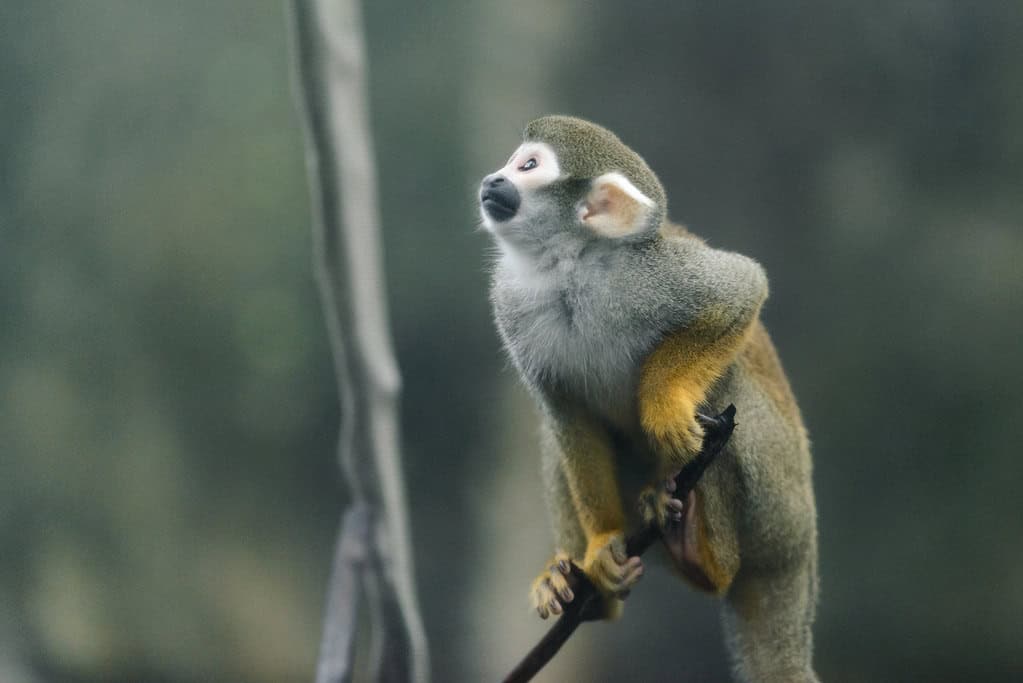
Squirrel monkeys represent one of nature’s most compelling examples of how teamwork can transform vulnerability into resilience. Through their sentinel systems, sophisticated alarm communications, coordinated escape strategies, and protective formations, these small primates have developed a cooperative approach to predator avoidance that significantly enhances their survival in predator-rich environments. The way they adapt their strategies seasonally, protect vulnerable members, and even cooperate across species boundaries demonstrates remarkable behavioral flexibility and social intelligence. These cooperative defense mechanisms have evolved over millions of years, shaped by the constant evolutionary pressure of predation.
As researchers continue to study these fascinating primates, we gain not only insights into primate behavior but also deeper understanding of how cooperation evolves as an adaptive strategy. The squirrel monkey’s success story reminds us that in nature, being the strongest or largest isn’t always the path to survival—sometimes, the most effective strategy is working together. In the face of threats that would overwhelm any individual, these small monkeys have proven that collective action and social coordination can create a powerful defense system that allows them to thrive in one of the world’s most competitive and dangerous ecosystems.
- How Squirrel Monkeys Use Teamwork to Avoid Predators - August 9, 2025
- 15 Ways Climate Change Is Affecting Snake Populations - August 9, 2025
- How Rhinos Communicate Using Dung and Urine - August 9, 2025

